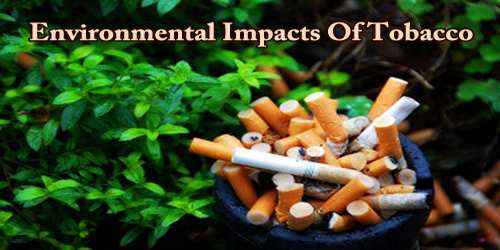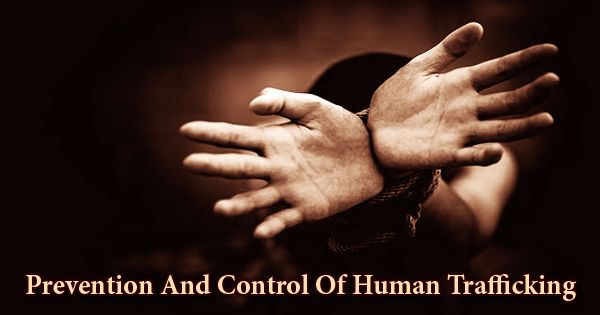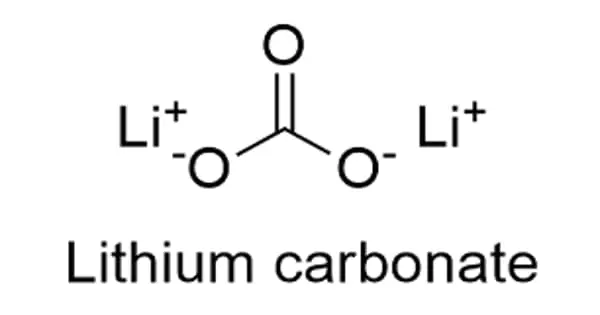Tobacco use is now a well-documented threat to global health. It kills more than 7 million people a year and is currently the world’s single biggest cause of preventable death. Much of what is known about the risks of tobacco, however, concerns the direct impact (in terms of morbidity and mortality) of first-hand and second-hand smoke on people’s health. What we have yet to do as a public health community is to draw attention to the myriad other ways in which tobacco growth, production, and consumption impact human development.
One of the major concerns about tobacco use is that it not only affects the individuals who smoke but also individuals who are around those who smoke. The effects of second-hand smoke can even be more significant than for the actual smoker. Lungs are affected from the harmful gases emitted from tobacco products. A good number of the individuals who smoke tobacco do not have an idea of what they are smoking because apart from the nicotine, there are many other toxic compounds that are included in the smoke that they are inhaling. Once these compounds get into the lungs, they are absorbed into the bloodstream which then transports them to body organs such as the heart, spleen, liver, and the central nervous system.
Understanding the environmental impact of tobacco is important for several reasons. These include the fact that it allows us to gauge some of the risks caused by tobacco products which are currently excluded from estimates of tobacco mortality (such as poor air quality and pesticide use), and its impact more broadly on development including economic stability, food security, and gender equality. The Sustainable Development Goals (SDGs) show that health cannot be considered in isolation from a host of other factors, of which the environment is one. Recognizing the harmful impact of tobacco in terms of indoor pollution and on biodiversity turns tobacco from an issue of individual well-being to one of global well-being. It also means that tobacco can no longer be categorized simply as a health threat it is a threat to human development as a whole. This issue requires a whole of government and whole of society approach and engagement.
Air pollution through smoking – The industrial processing and smoking of cigarettes add huge volumes of air pollutants into the atmosphere. Second-hand smoke pollutes the air directly and the manufacturing process releases air pollutants in many ways. It starts right in the tobacco farms where the machines used emit greenhouse gases from the fossil fuel combusted to produce energy. Carbon dioxide, methane, and other noxious chemicals are present in second-hand smoke which causes air pollution through smoking. As much as methane and carbon dioxide are not deadly to smokers, the gases do add to the general atmospheric pollution.
Smoking globally emits nearly 2.6 billion kilograms of carbon dioxide and 5.2 billion kilograms of methane into the atmosphere each year. This provides a clear picture of how smoking alone contributes to climate change. Second-hand smoke as discussed earlier also poses indirect health risks such as cancer to other people and animals.
Land, Coastal and Water Pollution –
Cigarette butts, plastic filters and other remnants of smoked cigarettes can pollute soil, beaches, and waterways. Studies have also shown that cigarette waste is harmful to wildlife.
- A study of the effects of roadside waste on soil found that patterns of hydrocarbon levels in the soil were similar to those of littered cigarette butts. This indicates that the chemicals in the soil had seeped out of cigarette butts. Some hydrocarbons are carcinogenic.
- Cigarette butts cause pollution by being carried, as runoff, to drains and from there to rivers, beaches, and oceans.
- Preliminary studies show that organic compounds (such as nicotine, pesticide residues, and metal) seep from cigarette butts into aquatic ecosystems, becoming acutely toxic to fish and microorganisms.
- In one laboratory study, the chemicals that leached from a single cigarette butt (soaked for 24 hours in a liter of water) released enough toxins to kill 50 percent of the saltwater and freshwater fish exposed to it for 96 hours.
- Another laboratory study found that cigarette butts can be a point source for heavy metal contamination in water, which may harm local organisms.
Impact on aquatic fish – Fish have particularly been impacted by cigarettes in countless ways. Whenever cigarette filters find a way into water systems, they can be ingested by fish because they resemble fish food like insects. The filters remain within the fish reducing their stomach capacity, thus affecting their eating habits.
Research in the US also found that the runoff from just a single cigarette butt can kill a fish in a 1 Liter jar of water. If this is translated into the amounts of the cigarette butts that find their way into water systems, it’s more than clear the degree at which fish are impacted every year. Humans are likewise not spared if by any chance they ingest the chemicals by consuming affected fish.
Land degradation and loss of biodiversity – Tobacco causes soil erosion because it is usually planted as a single or monocrop, leaving the topsoil poorly protected from wind and water. Desertification from tobacco cultivation has been observed in numerous countries, including Jordan, India, Cuba, Brazil, and, again, various countries of the Miombo zone. In India, monocropped tobacco in drylands has been described as “the most erosive crop”.
Evidence also suggests that tobacco growing is much more “aggressive” in its impact on forest ecosystems than other uses such as maize farming or grazing. In Urambo district, Tabora region – Tanzania’s leading tobacco growing area the combined annual rates of forest removal as a result of land extension (3.5%) and fuelwood extraction (3%) were 10 times higher than the overall deforestation rate for Africa (0.64%; globally 0.22%) during the first half of the 2000s. In Brazil, the world’s second-largest tobacco leaf producer, tobacco farming is now one of the leading lands uses causing vegetation losses, alongside soybeans and wheat. In southern Brazil, 12–15 000 ha of native forests were felled annually during the 1970 and 1980s, accounting for about 95% of national production. Coincidentally, it is also British American Tobacco’s biggest operational area in the world. Improved curing technology, legislative restrictions, and the planting of exotic tree species reduced these vegetation losses to about 6000 ha annually in the 1990s, but wood deficits and the destruction of natural species both remain widespread. Overall, tobacco growing in southern Brazil has substantially contributed to the reduction of native forest cover to less than 2% of its original extent.
Forest fires (Wildfires) – The forest fires started by burning cigarette butts worldwide are countless. About 17,000 people worldwide die each year because of fires started by cigarette lighters or discarded burning cigarettes. In terms of property damage, the losses are more than 27 billion US dollars every year.
Further, such forest fires are damaging to the environment causing biodiversity loss, habitat loss, air pollution, deforestation and the death of humans and wild animals. A forest fire started by a cigarette butt in the year 1987 in China killed 300 people, left 5,000 other homeless and destroyed approximately 1.3 million hectares of land.
Overall, tobacco cultivation and curing are part of one of the most environmentally destructive agricultural practices in low and middle-income countries. Yet production in many of these countries has increased over time. Although tobacco-growing may bring some economic benefits to farmers and local communities, these are offset by adverse environmental and economic impacts associated with loss of precious resources such as forests, plants and animal species, and ill health among farmers handling chemicals involved in the process. Due to shifts in production and land availability, this impact increasingly falls on low and middle-income countries. Worst of all, the majority of these developments are largely irreversible.
Information Sources:
















